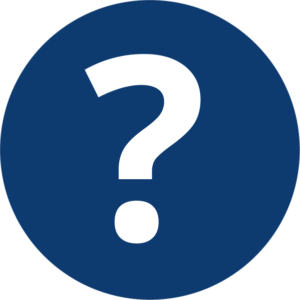
 Your Mission…
Your Mission…
To find the duck prints along the concrete trail and send us a photo!
HINT: look for duck crossing near the WET Science Center and along the stream bed in the Public Plaza.
KNOW BEFORE YOU GO!
- Parking is located along the street
![]()
Route 21 – 62a – 62b – 66 or walk from Oly Transit Center
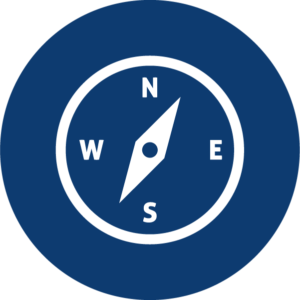 Park Entrance
Park Entrance
Welcome to the East Bay Public Plaza and outdoor educational area provided by LOTT Clean Water Alliance’s WET Science Center, in downtown Olympia. This fun, urban park, and kid’s play area showcases LOTT’s reclaimed water exhibits. The Public Plaza is located in front of the WET Science Center and outside of The Hands-On Children’s Museum.
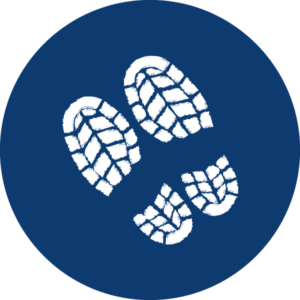
 The Journey Begins
The Journey Begins
Start your journey outside the WET Science Center near the metal fountain. (500 Adams Street NE, Olympia)
The WET Science Center is a hands-on place to learn about water conservation.
Here, a special kind of water is used to water the plants and fill the decorative water features. The water is Class A Reclaimed Water – it is wastewater that has been super-cleaned so it can be used for almost anything except drinking. The wastewater treatment plant is located behind the WET Science Center.
Code purple! You’ll see purple wherever reclaimed water is used. Keep an eye out for purple sprinklers.
FACT! Wastewater is any water that has been contaminated by human use such as water that goes down your house drain and toilet.
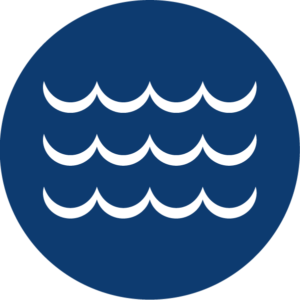
 Wetlands
Wetlands
Scout out the freshwater wetland pond with tall plants growing around it. Guess what kind of water flows into the wetland? Reclaimed water!
Why are wetlands important? Wetlands provide habitat for thousands of species of aquatic (water) and terrestrial (land) plants and animals. They also control flooding, filter and clean water, and store water in the ground (groundwater or aquifer) that provides drinking water for us and water for our streams. Wetlands are also the world’s best ecosystems for capturing and storing carbon from carbon dioxide (CO2).
Riddle! What animal am I? I live around ponds and wetlands. I have large compound eyes that can see in all directions at the same time. I have two pairs of transparent wings, sometimes with dark spots. My body is long and my legs short. I cannot walk but fly everywhere. Have you seen me? I am a dragonfly!
Dragonflies lay their eggs on the water which hatch into larvae, that are called nymphs. These nymphs have a big appetite and like to eat other aquatic bugs and insects that live in the water.
Did you know? Some dragonflies migrate just like birds!
![]()
 Cattails
Cattails
Many of the plants surrounding the wetland are native to our area and thrive in wet conditions. Can you identify the tall bulrush?
A common wetland plant you may see is cattail. Can you find a seed head that has burst open?
Often, in the spring, there is a pair of red-winged black birds nesting in the wetland vegetation. The males are very territorial and protective. If you get too close, they may dive at you, so be careful! Can you identify their call?
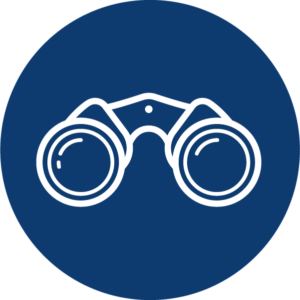
 More to Explore
More to Explore
As you explore the wetland, look for the rock stepping stone path through the pond. This path gives you a duck’s eye view of what it is like living in the wetland.
What is growing on top of the water? Duckweed! Duckweed are tiny flowing plants that live on the water’s surface. It is a very important food source for fish and for waterfowl, like ducks and geese.
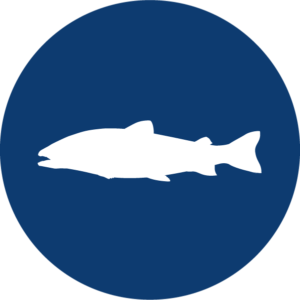
 Splash and Play
Splash and Play
Safely cross the street to find the splash and play wading stream. When turned on, the wading stream is fed by Class A Reclaimed Water and is safe for play.
See if you can find statues of frogs, dragonflies, sea worms and oysters. How many did you find?
How many salmon statues are swimming upstream to spawn? What do you know about real live salmon?
Salmon are anadromous, meaning they live in both fresh and salt water. We have five species of Pacific salmon plus steelhead and cutthroat trout that return to Puget Sound (also called the Salish Sea) streams to lay their eggs in the fall. Can you name them? This five – fingered method may help you!

 Who’s Tracks are Those?
Who’s Tracks are Those?
Have you located the duck tracks stamped into the concrete? Remember to take a photo and send it to us to complete your mission!
Ducks, such as male mallards with their bright green heads, use the pond as they stop to rest and feed from the wetland waters.

 I Spy…
I Spy…
As you adventure along the simulated stream can you find a statue of the otters playing?
River otters play an important part in the ecology of our forests, streams and Puget Sound. They are opportunistic feeders eating aquatic (water) plants, fish, amphibians, small mammals, ducks and even crabs.
![]()
 Harbor Seals
Harbor Seals
Find a statue of an animal that lives in the sea. They have large eyes and tiny ear holes without flaps. They have a snout like a dog and instead of feet or paws they have flippers. Their babies are called pups and they like to eat fish. What are they? Harbor seals!

 Where the Trail Leads
Where the Trail Leads
There are many brightly colored mosaic trails along the way. Follow them and see where they go! Which saying is your favorite?
What native plants can you detect? See if you can find the red osier also called red twig dogwood, the bald hip rose or the fuzzy pink blooms of the Douglas spirea. Did you know that spirea is in the rose family?
These shrubs provide homes and food for many birds and small mammals. Can you think of an animal that might use them? Squirrels, mice, rabbits and birds!
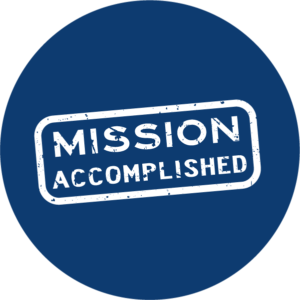 Congratulations!
Congratulations!
You have completed your mission to find the duck prints along the concrete trail! Don’t forget to login to the Goose Chase App and submit your photo for this mission to collect your park specific sticker !
